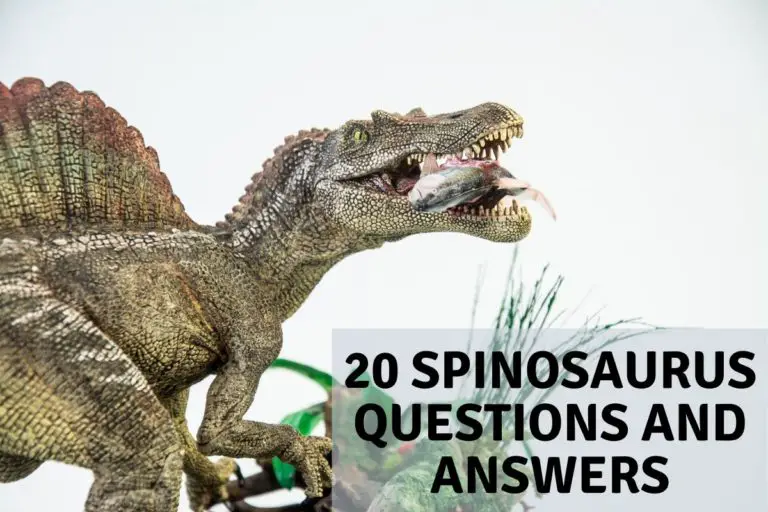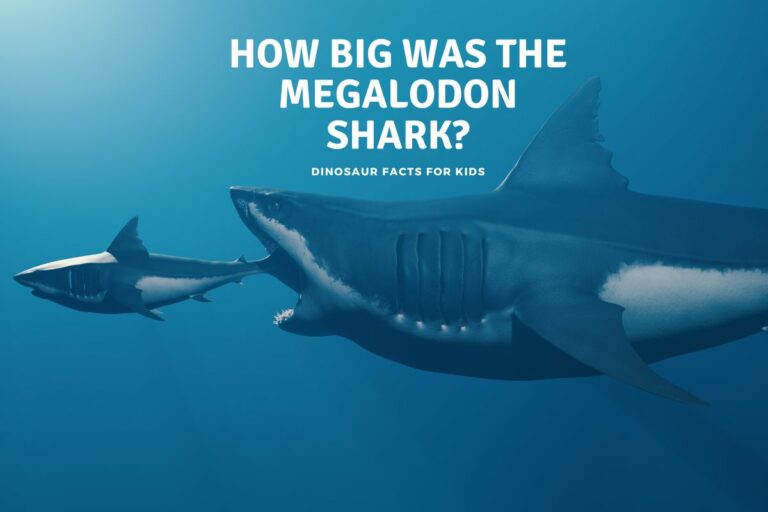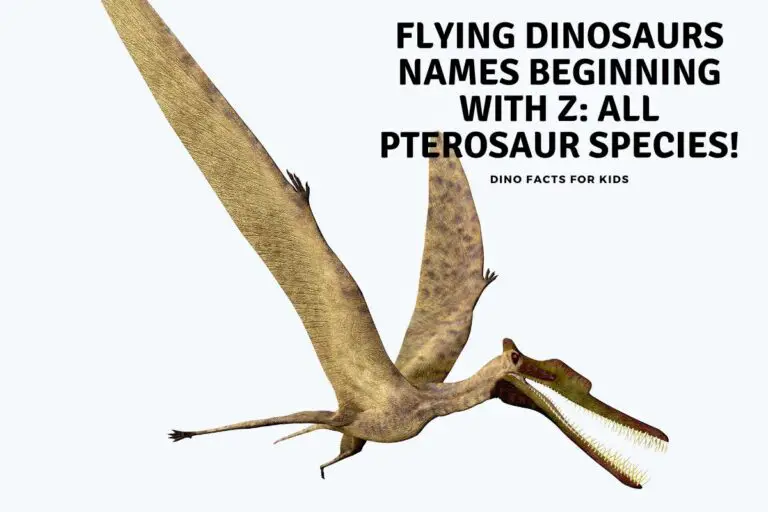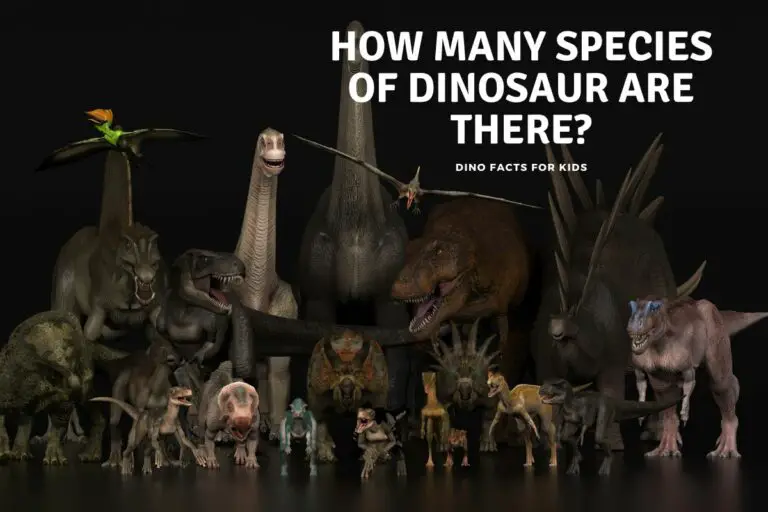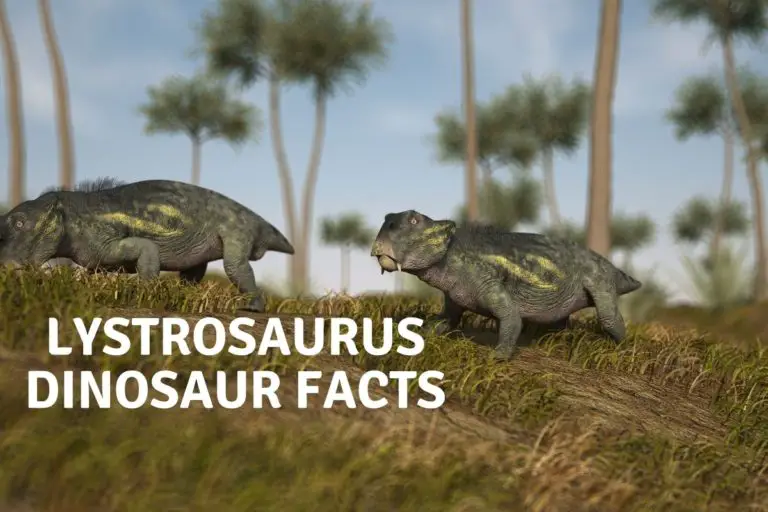What Were the Feathered Dinosaurs? 16 Feathery Examples
For over 200 years dinosaurs have been called terrible lizards, the name given to them by William Buckland in 1824. We can see where the name came from, huge bones, huge teeth, they could not look further from birds if they tired. however, looks can be and certainly were deceiving. From the moment of that first discovery scientists started to find feathered dinosaurs all over the place.
To date over 77 different species of feathered dinosaur identified by paleontologists. These range from the considered to be sparsely feathered like Psittacosaurusto the fully feathered like archeopteryx. Research is ongoing and expected to uncover father evidence of the presence of feather coverings in dinosaurs.
After discovering that modern-day birds are direct descendants of dinosaurs, it became apparent that some dinosaur species had feathers, and across the time of the dinosaurs not just towards the end of the time of the dinosaurs. We have a full article on Why Dinosaurs did have feathers here which goes into much more details, however here we take a look at some examples of feathered dinosaur you may recognise.
We have a list of 18 Feathered dinosaurs below, there are over 77 species of dinosaurs thought to have been feathered to some degree over the age of the dinosaurs. these have aged from the very beginning of the Triassic to the Cretaceous and as we know now beyond it as birds.
Don’t forget to check out our MEGA article on why Dinosaurs have feathers below, and enjoy these examples of our feathered dinosaur friends. We can all be thankful birds today don’t look liek this anymore!

Feathered Dinosaur Examples
We currently know that about 77 species of dinosaurs had feathers. Here are the 16 of the most common dinosaurs with feathers: We have this in a list for ease of reading, and in the middle of our section we also have a table that compares these feathered dinosaurs with each other. You can jump ahead to that here or browse through our list of feathered dinosaurs first.
- Albertonykus
- Anchiornis
- Aristosuchus
- Borogovia
- Caudipteryx
- Ceratogyrus
- Epidexipteryx
- Gobivenator
- Microraptor
- Therizinosaurs
- Velociraptor
- Atrociraptor
- Psittacosaurus
- Tyrannosaurus Rex
- Archeopteryx
- Oviraptor
Evidence of dinosaurs having feathers was first discovered in the early 1990s in China, where Paleontologists collected feathers from dinosaur fossils. And in 2011, fossilized tree resin (amber) containing dinosaur and bird feathers was discovered in Alberta, Canada.
Scientists believe that feathered dinosaurs lived during the Cretaceous era, about 70 to 80 million years ago. Early dinosaurs did not have feathers, but recent studies show that many dinosaurs had some coverings of some sort. .
Protofeathers have been discovered on several species of dinosaur remains like the theropods and ornithischians. Scientists believe that these feathered creatures inherited this trait from their ancestors, or their body covering evolved with time.
Now that you have a little background knowledge let’s look at the various feathered dinosaurs that scientists have discovered.
1. Albertonykus (Alberta Claw)
The Albertonykus fossils were discovered in a Canadian quarry, and it would take years before scientists knew to classify it as a feathered dinosaur. However, the Albertonykus is closely related to the Alvarezsaurus, discovered in South America.
The creature lived in the woodlands of North America during the late Cretaceous period about 68 million years ago. . The Albertonykus was tiny, weighing only a few pounds, and grew two and a half feet long or about 70 cm) These feathered creatures survived on an insect diet probably termites that lived in wood. ( the mound building ones hadn’t evolved yet) .
They had sharp claws and feathers at the end of the tail and on the front limbs. Those claws were thought to dig into rotten wood to get their termite dinner!
2. Anchiornis (near bird)
The Anchiornis is a feathered dinosaur discovered in Liaoning fossil beds in China. This creature lived during the late Jurassic period over 150 million years ago, and this genus of fossils has confused the scientific world. Its feathers were quite “fluffy” and actually it would have been quite a cute looking dinosaur! However this fluffiness would not have helped gliding or flight at all!
This dino-bird shares some physical characteristics with the Microraptor, including four wings ( well sort of) ! but its closest relative is the larger troodon. That aside, the Anchiornis was a small feathered dinosaur that grew to about one foot long. It had feathers on the front and rear limbs and its head crest. The Anchiornis main diet was fish and lizards ( found inside it)
It is also one of the few dinosaurs that we know the color of! The body was grey and black the top of its head was reddish brown, and irs wings were grey with white stripes. They worked this out by studying the patterns or modern birds and the “melanosomes: which are the cells in the body that give color ( pigment) Pretty amazing!
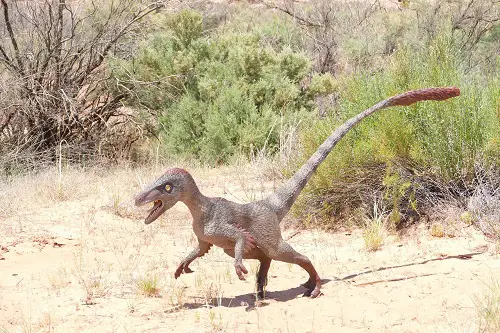
3. Aristosuchus (brave crocodile)
The Aristosuchus lived during the early Cretaceous period in the woodlands of western Europe and England. It was six feet long and weighed about 50 pounds. The Aristosuchus only ate meat, meaning it was a predatory animal.
Initially, a Paleontologist named Richard Owen classified the Aristosuchus as a species of the Poekilopleuron. This is because the creature seemed to be a close relative of the Compsognathus and Mirischia. However, this changed after another Paleontologist, Harry Seely, gave the Aristosuchus its later classification.
4. Borogovia (named after a fantasy bird)
The Borogovia is a feathered dinosaur that lived during the Late Cretaceous period in the plains of central Asia.
The animal got its name from the poem by Lewis Caroll, Jabberwocky. Unfortunately, scientists have found only one limb of this creature, so it might be assigned a new name later when more information is uncovered.
The Borogovia was a small animal that grew to about six feet long and weighed 45 pounds. It had a bipedal posture and mainly ate meat.
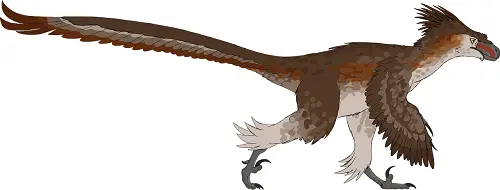
5. Caudipteryx (tail feather)
The Caudipteryx is known to have feathers, a beak, and feet like a bird. This magnificent beast is one that helped settle the debate that birds are direct descendants of dinosaurs.
The Caudipteryx lived during the early Cretaceous period in the lakeside and riverbeds of Asia. They grew to about three feet long and weighed 5 pounds.
Some scientists argue that the Caudipteryx’s ancestor was a type of bird and the species devolved and later lost its ability to fly. A concept similar to how penguins evolved from a flying species and cannot fly.
6. Ceratonykus (horned claw)
The Ceratonykus is a prototypical feathered dinosaur that lived during the Cretaceous period in the deserts of central Asia about 72 million years ago.
Scientists believe it is the latest example of the alvarezsaur, which were tiny theropod dinos with bipedal stances, small arms, and long legs.
The Ceratonykus were 2.5 feet long and weighed less than 2 pounds. They preyed on other small animals.
Table 1: Feather Dinosaur Comparison
| Feathered Dinosaur | Length | Weight | Diet | Period Lived | Where discovered |
| Albertonykus | 2.5 feet long | 10 lbs | termites – insects. | Late Cretaceous: 68 million years ago | North America |
| Anchiornis | 1.1 feet long. | 0.25 – 0.5 lbs. | ifish and lizards | Late jurassic: 160 million years ago | China |
| Aristosuchus | 6 feet long | 60lbs | Carnivore | Early Cretaceous: 130-123 million years ago | England |
| Borogovia | 6 feet long | 45 lbs | Meat (likely) | Late Cretaceous: 70 million years ago. | Mongolia |
| Caudipteryx | 2,5 feet long | 5 lbs | Omnivore | Early cretaceous: 124 million years ago. | China |
| Ceratonykus | 2.5 feet long | 1.6 lbs | Omnivore | Late Cretaceous: 72 million years ago. | mongolia |
| Epidexipteryx | 1 foot long | 1 lb | Omnivore | Late Jurassic:164 million years ago | China |
| Gobivenator | 5 ft long | 20lbs | Carnivore | Late Cretaceous | Mongolia |
| Microraptor | 2.5ft | 2.2 lbs | Carnivore, birds mammals, lizards | early Cretaceous 120 million years ago | China |
| Therizinosaurs | 33 feet long | 11000 lbs | herbivore | Late cretaceous: 70 million years ago | Mongolia |
| Velociraptor | 6 ft long | 33 lbs | carnivore | Late Cretaceous: 70 Million years ago | Mongolia |
| Atrociraptor | 6 Ft Long | 33 lbs | carnivore | Late Cretaceous: 68 million years ago | Canada |
| Psittacosaurus | 6 – 7 ft long | 44 lbs. | herbivore | Early Cretaceous: 126-101 million years ago | Mongolia |
| Tyrannosaurus Rex | 44 ft long | 20,000 lbs | Carnivore | Late Cretaceous: 68-66 Million years ago | USA |
| Archaeopteryx | 3 ft long. | 2 lbs | meat, lizards, insects | Late jurassic: 150 million years ago | Europe |
| Oviraptor | 5-6 feet long | 75 + lbs | Omnivore | Late Cretaceous: 75 -71 million years ago | Mongolia |
7. Epidexipteryx (display feather)
The Epidexipteryx was a small Feathered dinosaur that lived during the Late Jurassic era, earlier than the archaeopteryx, also known as the first bird.
This creature was one foot long and weighed one pound. Its body was covered with primitive plumes, which scientists believe were early manifestations of what we now know as feathers.
The most prominent features of the Epidexipteryx was its feathered tail which scientists believe was more ornamental than functional, and the teeth that stuck out forward!
8. Gobivenator (gobi desert hunter)
The Gobivenator was a small feathered dinosaur that lived in the plains of central Asia (now Gobi Desert) during the late Cretaceous period.
Scientists found an almost complete fossil of this in Mongolia. Research shows that the gobivenator was a carnivore that weighed 25 pounds and was about four feet long. It had a narrow beak covered in feathers and walked on two feet.
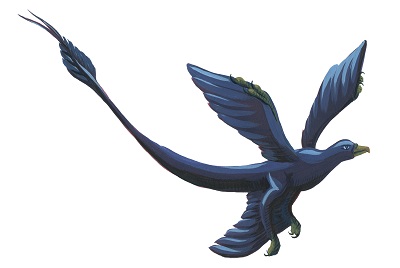
9. Microraptor (tiny thief)
The Microraptor was a small feathered dinosaur with wings on its front and back limbs weighing between one and five pounds. although bird like it was closer in relation to dinosaurs. Scientists are not sure whether the Microraptor was a glider or a flier, but it was going to be a clumsy runner because of the back wings.
it wasn’t a fussy eater and contents of its stomachs have contained birds, mammals and even a previously undiscovered species of lizard!

10. Therizinosaurs (scythe lizard)
This feathered dinosaur was huge! it could be over 30 ft long, and weigh over 10,000 lbs. it was a herbivore which is very rare for a theropod, and had the longest claws of any land animal ever.
Those vicious looking talons could be over 1 metre long each, and it had three on each arm!
We have a whole series of articles on this amazing dinosaur which you can read before its makes its movie debut in Jurassic World Dominion!
11. Velociraptor (swift thief)
One of the most famous feathered dinosaurs on this list, though not for that reason. Velociraptors burst onto the big screen in Jurassic Park in 1993 and have never left it. hugely over sized and missing feathers they still brought dinosaurs into many more homes than before.
They were really about the size of a turkey but thinner, faster and with more teeth. Although about 30% of the size in the movies they still were a dinosaur to stay away from if you ever came across one as they a5 Cm talon was deigned to cut!
We have much more information on Velociraptors in the article linked here and below.

12. Atrociraptor (savage thief)
If you feel that the velociraptors in the Jurassic World series had become a little soft, making friends with people, following orders then you may want to to check out the new Jurassic World Dominion Movie. They feature velociraptors of course but also introduce these fearsome feathered dinosaurs.
They are again based on real dinosaurs, the atrociraptor was again much smaller though. and they missed off the feathers again, as Atrociraptor was a feathered dinosaur. it was about the same size, we think, as a velociraptor with a taller bulkier jaw.
13. Psittacosaurus (parrot lizard)
We have included this feather dinosaur as although it had less feathers than others it is from a different family tree. it is a “Ceratopsian” dinosaur which also has Triceratops in its ranks!
It was much earlier than triceratops living in the Early Cretaceous 126 -101 million years ago, which may suggest that later frilled and horned dinosaurs may also have had quills or even feathers.
It could grow up to 2.5 metres and weigh upwards of 40 lbs.
14. Tyrannosaurus Rex (Tyrant Lizard King)
The most famous of all dinosaurs makes an appearance on this list. it has to, although again not as feathered a dinosaur as other dinosaurs there is mounting evidence that T-Rex did in fact have feathers.
Having feathers makes it even more scary to us
it would make it the largest known dinosaur to have them, at 44 feet long and over 20,000 lbs of muscle. We have LOADS of information and fact sheets on T-rex on the site and we have linked our most popular article below asking how big was the T-rex.
15. Archeopteryx (old wing)
Is one of the oldest representatives of features in dinosaurs. It is also the first example of what scientists think was rudimentary powered flight. It was very small, which was needed for flight at that time and only about 1 and half feet long. It would have weighed one or two pounds in weight.
It lived in what is now Germany around 150 million years during the late Jurassic period. it is thought it would have eaten Insects lizards, and smaller dinosaurs. Which it could swoop down from the trees to grab its its claws and jaws.
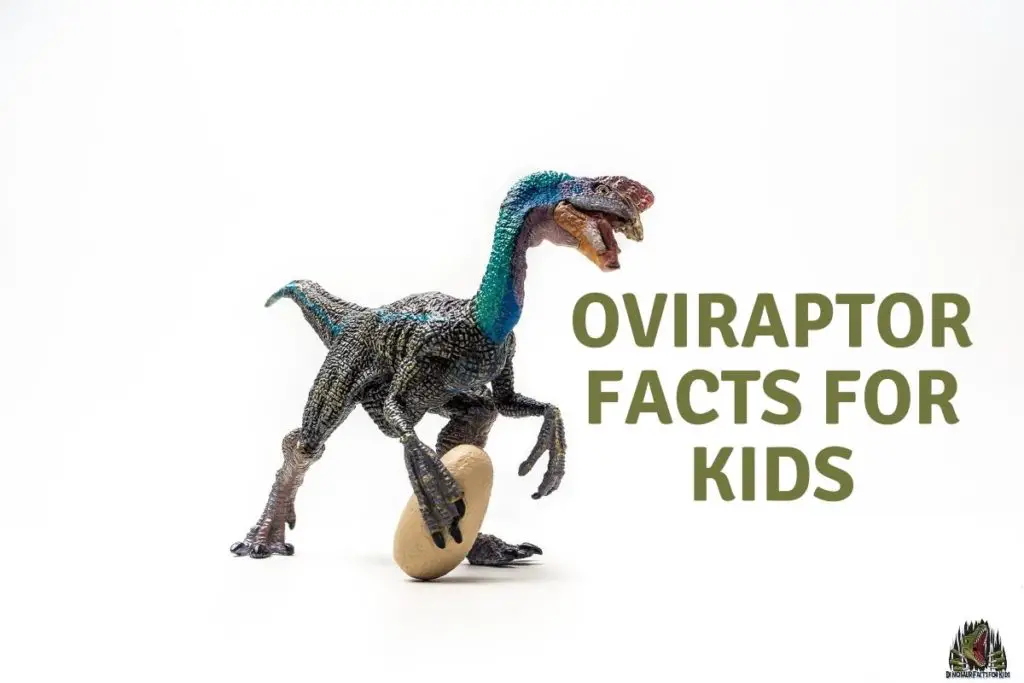
16. Oviraptor
the oviraptor has had a bad “rap” it was first thought to be stealing the eggs it was fossilized with all those million of years ago. However it was later to have been found to protecting its own brood. Which is quite a switch. The name has stuck for this 6 feet long omnivore ( eats meat and plants) feathered dinosaur.
it had a beaked mouth that was quick strong and may have been used to eat shellfish and mollusks as well as anything else that scurried across its path. it also makes an appearance in the Jurassic World dominion prologue, unfortunately living up to its name as an egg theif though !
Why Did Some Dinosaurs Have Feathers and Some Not?
We still don’t know how many dinosaur species existed in the past. However, from the fossils discovered, we know that about 77 species of dinosaurs had feathers.
Most, though not all, of these feathered dinosaurs were carnivorous theropods, and scientists believe that feathers were more of an evolutionary feature.
Feathered dinosaurs did not fly. well mostly, Instead, scientists believe that these dinosaurs grew feathers out of necessity to their environment at the time.
Standard functions of dinosaur feathers include:
- Insulation
- Ornamental to attract the opposite sex
- A defense mechanism against predators and parasites
- Flight
- Gliding
Conclusion:
So as we discussed there are over 77 feathered varieties of dinosaur that we are aware of at the moment and with the known number of dinosaurs growing at a rate of about 1 a week it wont be long till that number grows further. (or is that feather)
With dinosaurs as large as T-Rex And as diverse as triceratops being discovered with feathers of various levels it is looking like through out the 200 million year history of the dinosaurs that feathered were not as rare a sight as was once thought.
References
https://www.nhm.ac.uk/discover/news/2015/june/most-dinosaurs-didn-t-have-feathers.html
Hi, I am Roy Ford a General Studies and English Teacher who has taught all over the world. What started as a fossil collection became a great way to teach, motivate and inspire students of all ages and all over the world about dinosaurs and from that and children’s love of dinosaurs came the site dinosaur facts for kids, a resource for all ages.

